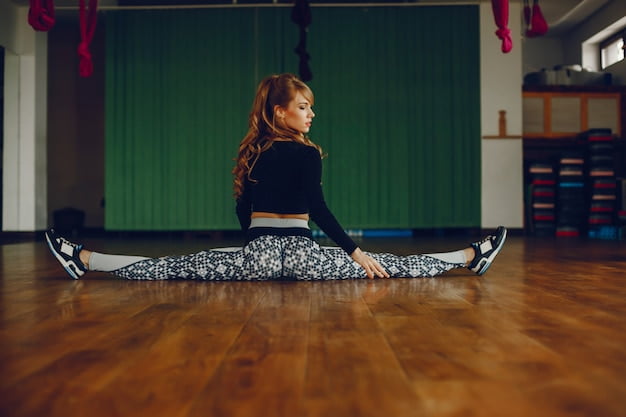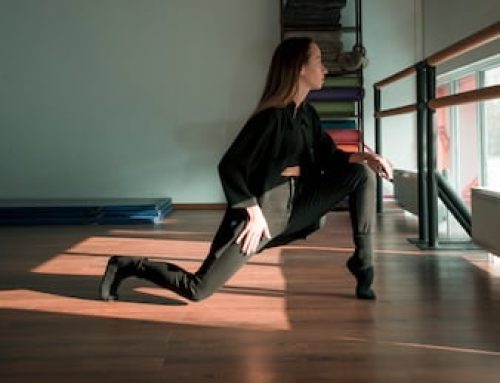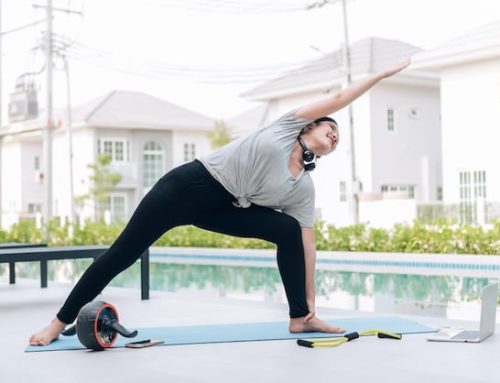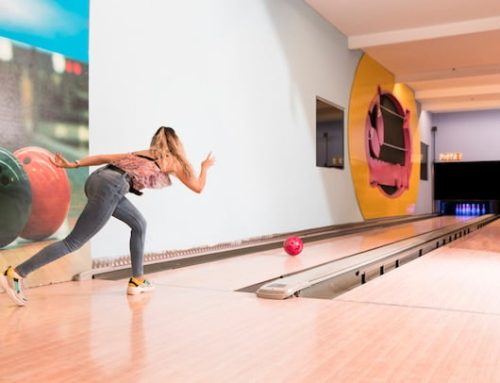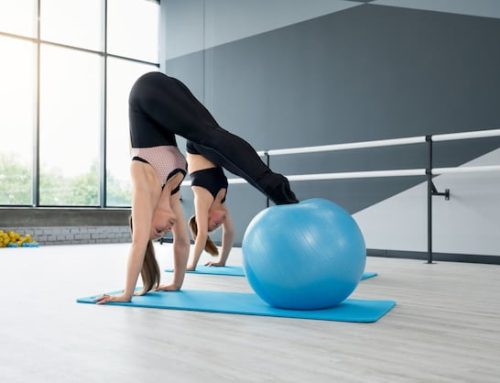The Benefits of Balance Board Training for Calming an ADHD Mind
Attention Deficit Hyperactivity Disorder (ADHD) is a neurodevelopmental disorder that affects both children and adults. For those with ADHD, maintaining focus and controlling impulsive behavior can be difficult. Many people with ADHD turn to exercise as a way to help alleviate symptoms and improve mental clarity. One exercise that has been shown to be particularly helpful for people with ADHD is balance board training.
The Science Behind ADHD and Exercise
Exercise has been shown to have numerous benefits for people with ADHD. Exercise increases blood flow to the brain, which improves cognitive function and helps to reduce symptoms such as impulsivity and inattention. Exercise also increases the production of dopamine and norepinephrine, neurotransmitters that help to regulate mood and attention.
A recent study conducted by the University of Illinois found that just 20 minutes of aerobic exercise can improve cognitive function in children with ADHD. Another study found that children who participated in an eight-week exercise program showed significant improvements in attention, behavior, and mood.
What is a Balance Board?
A balance board is a piece of exercise equipment that is designed to improve balance, coordination, and core strength. It consists of a flat platform with a rounded bottom that sits on top of a fulcrum. The goal of balance board training is to maintain balance while standing on the platform by shifting your weight and making small adjustments to keep the board level.
How Balance Board Training Helps Calm an ADHD Mind
Balance board training requires a high degree of focus and concentration. By challenging your balance, you are forcing your brain to work in new ways and creating new neural pathways. This improved connectivity in the brain can help to improve cognitive function and reduce symptoms of ADHD.
In addition to the cognitive benefits of balance board training, it also provides a physical outlet for excess energy. People with ADHD often have a hard time sitting still and may feel restless or fidgety. By engaging in balance board training, you can burn off excess energy and release tension, which can help to calm the mind and reduce feelings of anxiety and stress.
How to Incorporate Balance Board Training into Your Routine
If you are interested in trying balance board training, there are a few things to keep in mind. First, it is important to start slowly and work your way up. Using a balance board can be challenging, and it is important to build up your skills gradually to avoid injury.
It is also important to use proper form when using a balance board. Start by standing on the board with your feet shoulder-width apart and your knees slightly bent. Focus on keeping your core tight and your weight centered over the board. Slowly shift your weight from side to side, making small adjustments to keep the board level.
If you are new to balance board training, it can be helpful to start with a basic model and work your way up to more advanced boards. Many balance boards come with adjustable levels of difficulty, allowing you to customize your workout to your skill level.
The Bottom Line
Balance board training is a fun and effective way to improve balance, coordination, and core strength. For people with ADHD, it can also provide numerous cognitive and emotional benefits. By challenging your brain and burning off excess energy, balance board training can help to improve cognitive function, reduce symptoms of ADHD, and promote feelings of calm and relaxation.
So, if you are looking for a new way to stay active and improve your mental clarity, balance board training may be just the exercise you need.
